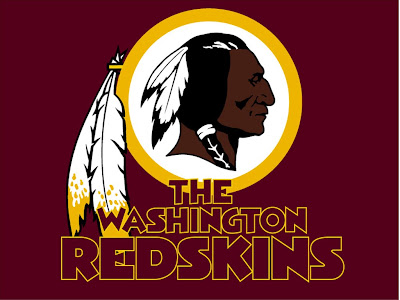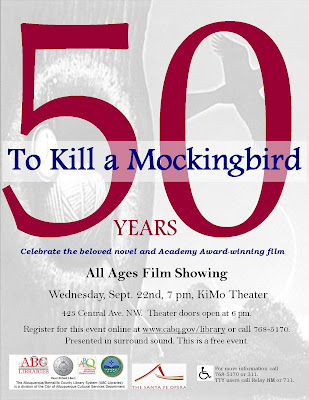
Not only is my good buddy Steve Bissette a great comic book artist, he is a cultural historian. First, he linked to a booklet created by Steve Canyon artist Milton Caniff on How to Spot Someone of Japanese Descent, but the terminology used was less appropriate.
Then he put together a series on posts on what he calls Hate Movies:
1. The horrific anti-Japanese propaganda “documentaries” during and after WW2, and well into the early 1960s
2. The 1960s exploitation movies that played upon racist fears of miscegenation, black-and-white sexual relations, and so on (from which I purloined the image to the left).
Discussion of movie titles such as I Passed for White and My Baby Is Black.
3. How to Deal with Racial Conflict Head-On & Fail at the Boxoffice, Whatever Your Race – the harder to summarize, confrontational race conflict dramas of the 1960s.
Features a six-minute clip of a pre-Star Trek William Shatner in the title role as The Intruder, plus a discussion of the film by Shatner and director Roger Corman. Also a discussion of actor Sidney Poitier and writer LeRoi Jones/Amiri Baraka.

3 APPENDIX. What Happened to The Intruder?
Mike Ripps’ versions of Bayou aka Poor White Trash (trailer) and Roger Corman’s The Intruder under the title Shame (the whole thing).
4. Turning Up the Heat: Bill, Juan, & Leroi, Then & Today Or, What Do You Call Angry Anti-Hate Hate Movies? Whatever You Call Them, Don’t Call Them Late for Supper!
LeRoi Jones’s Dutchman (1966), which will feature in the next eight segments. The Negro Handbook and the Negro Motorist Green Book; and is there anti-white xenophobia? Also featuring FOX News and the firing of Juan Williams from NPR.
The series was briefly interrupted as explained HERE.
5. Subversion on the Subway. LeRoi Jones/Amiri Imamu Baraka’s Dutchman and Jones’ wife Hettie Jones.
6. Lula’s Roots: Little Sisters, Passing Pinkies, Poor White Trash. Antecedents of Dutchman’s Lulu in such diverse fare as D.W. Griffith’s Birth of a Nation (1915), Fritz Lang and Thea Von Harbou’s Metropolis (1927), Elia Kazan’s Pinky (1949), Douglas Sirk’s Imitation of Life (1959), Robert Mulligan’s To Kill a Mockingbird (1962), and Norman Jewison’s In the Heat of the Night (1967).
I was most fascinated by “Lewis Freeman’s government-produced educational short film The New Girl (1959), produced for the President’s Committee on Government Contracts, created by Republican President Dwight D. Eisenhower in August, 1953 and …chaired by none other than Vice-President Richard M. Nixon.” The late Gail Fisher, who is best know for playing more-than-just-a-secretary Peggy Fair on the detective series Mannix, starred, and it also featured Edward Asner. Steve linked to it, but I thought I would as well:
PART 1 and PART 2.
7. On a Downtown Train…Cashing Out Clay. More on Dutchman, plus Amiri Imamu poetry.
8. From Lula to Lulu: Making Manhattan in London – Underground, Overseas. Dutchman and the Beatles films link; Black Like Me; To Sir With Love; and an episode of The Outer Limits.
9. Bring Out Your Dead…”The Jones Boys”: Carrying Clay. Clay, the black male character in Dutchman, as he relates to the music of Charles Mingus, and the assassinations of Malcolm X, Martin Luther King and Fred Hampton.
10. Going Continental: Continental Divides. The distribution of Dutchman by Walter Reade/Sterling, which also was responsible for Lord of the Flies, Black Like Me, Ghidrah, Night of the Living Dead, Dr. Who and the Daleks, and Slaves.
11. Dutchman: Contemporaries, Ripples & Shockwaves. Masculin, Féminin; The Brig; Marat/Sade; very early Brian DePalma films such as Hi, Mom!; Be Black; and Paradise Now, which Steve rightly suggests is an antecedent to to the Broadway musical Hair.
12. Uncle Toms, Watermelon Men, Sweet Sweetback & Mandingos. “Being a potpourri of images, quotes, and links that relate to, summarize and/or surround the essay installments I’ve posted to date…” Including the “blaxplotation” films of the early 1970s, such as Watermelon Man (1970). the brutal Fight For Your Life (1977), and the pivotal Melvin van Peebles work, Sweet Sweetback’s Baadasssss Song (1971).
EPILOGUE: White Trash, Blaxploitation, Hate Movies & Continental Blues. Or; Final Look at What I Was Talking About All Month
A summary, but mentions a Leadbelly movie I need to know more about.
It’s fair to say that there is a LOT of material here, and the blogposts are a first draft of a project Steve is working on. As he then noted, the postings “prompted deeper research into some venues, and I’m expanding and considerably revising a print version of this essay for publication later this year in one of my collected editions of my fanzine/magazine/online writings on genre films.” Also, at the end of each segment, he writes, “Please note: I do not condone or share the views expressed in the archival images presented in this serialized essay at Myrant. I share them here for historical, educational, and entertainment purposes only.”












